
- Step 1: Perform a comprehensive study on the type of park best suited for the market you have selected and then project the profit and loss for the first five years. This study should also help you make the decision whether to try to purchase a franchise from one of the two franchise campground companies or to operate as an independent.
- Step 2: Identify the specific parcel of land that you want to develop and then begin to quantify the costs associated with that specific parcel. Just a few questions to ask yourself:
- Can I get proper zoning?
- What offsite improvements will be required?
- How will the sewage be handled?
- What is the source of water?
- Are there any unusual environmental requirements?
- Is there a drainage problem?
- Is the land level or is the grade too steep to be developed?
- Can I install cabins or other fixed rental units?
- Step 3: Develop the specific campground or RV park layout of sites and amenities. If you purchased a franchise, the franchise company will do this for you. If you have elected to be an independent park then you will have to hire someone to design the park.
- Step 4: After receiving zoning and planning department approval, your local engineer or architect can draw the final plans and solicit bids on the construction of your RV park or campground. Local knowledge people can best handle this step.
- Step 5: Build the park. But at the same time, even though you will be buried in details, don’t forget that now is the time to finalize all your marketing and business plans for the operation of the park. You will also need to prepare marketing materials like billboard ads, directory ads, rack cards, and many other marketing items.
A Kid Friendly Campsite
With most of your campers being families with children, it is important that your campsites be laid out in a manner that is not only kid friendly but also with safety in the foreground.
First, your campfire will probably be the focal point of the campsite, so for safety, it should be in the center of the open area or as close as possible.
*Tip: By continuing to keep safety in mind, it is important that each of your campsites have a fire ring to form a boundary that will keep little (or adult) toes out of the embers.*
Tents: Ideally, you want the tent entrances to face in the campsite but you want them downwind of the campfire so they don’t get filled with smoke.
Picnic Tables: Another focal point of the campsite that will get plenty of activity, the picnic table should be between the cooking area and the campfire so that kids don’t have to be in and out of that area. The idea is to reduce traffic around the cooking area as much as possible.
Cooking Area: This will be a very active place around meal time so the grill is best placed on the edge of the campsite’s open area. The idea is to have all storage, cooking and clean-up areas consolidated to one segment of the campsite, easily accessible, but not in the major traffic patterns of the campsite that the kids are using.
Most kids enjoy camping and most parents enjoy including their children but if your campsites aren’t set up to accommodate them you could be losing out on business!
ParknPool | Lexington, VA | sales@parknpool.com | 877.777.3700
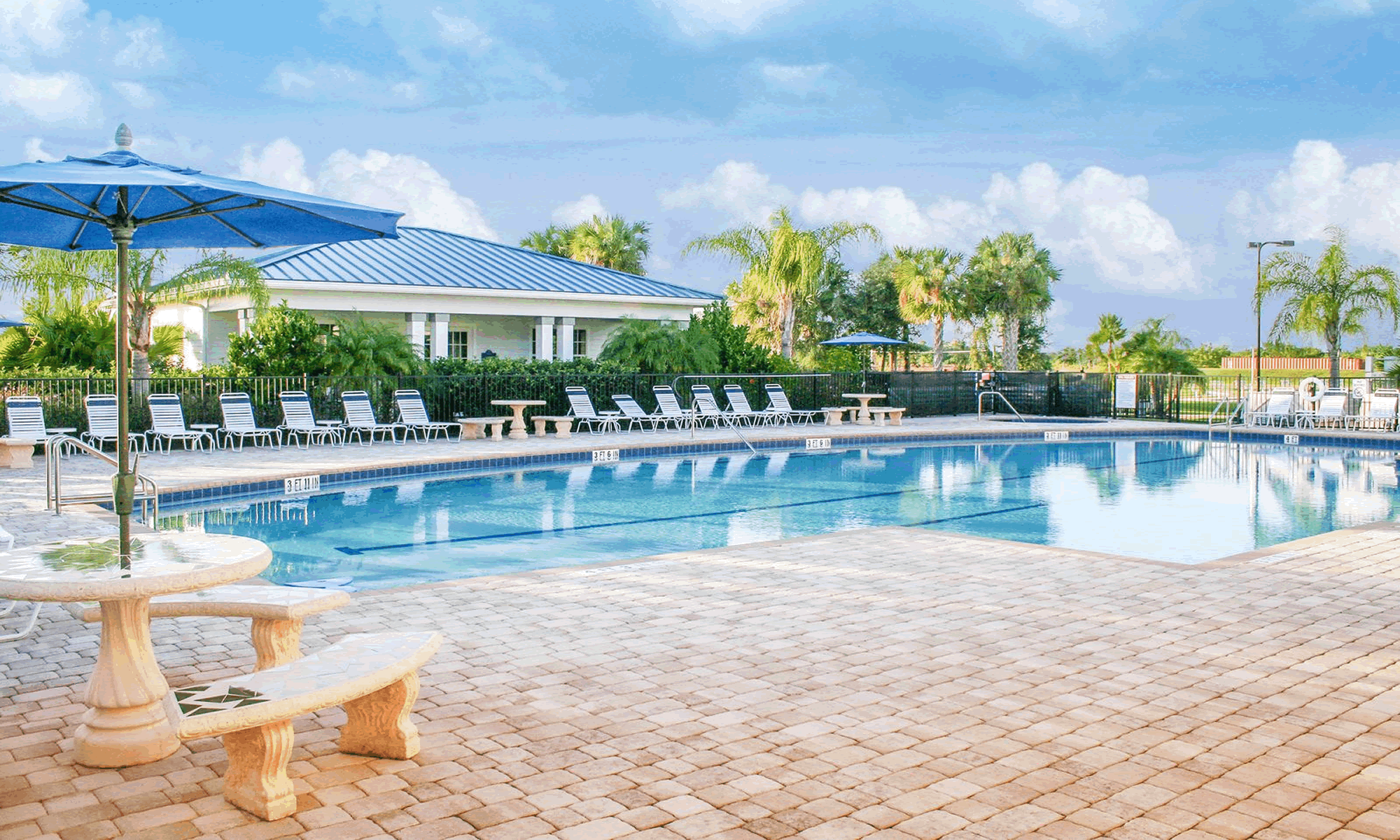

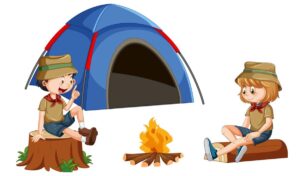

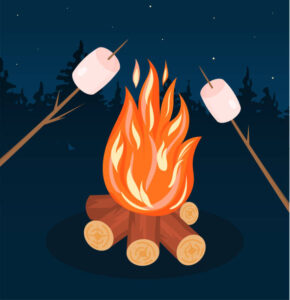
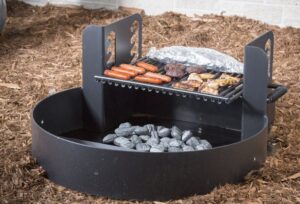

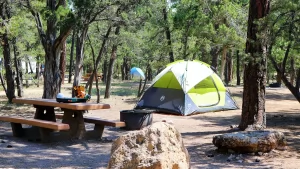 Picnic Tables: While many travelers and campers bring their own grill or stove, few actually carry a
Picnic Tables: While many travelers and campers bring their own grill or stove, few actually carry a 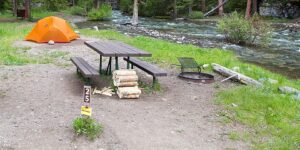 Grills and Fire Rings: Fire rings are essential at camp sites because they reduce fire hazards and make maintenance easier. Since, in most areas, evening use is not encouraged at picnic arears, fire rings are generally not necessary there.
Grills and Fire Rings: Fire rings are essential at camp sites because they reduce fire hazards and make maintenance easier. Since, in most areas, evening use is not encouraged at picnic arears, fire rings are generally not necessary there.